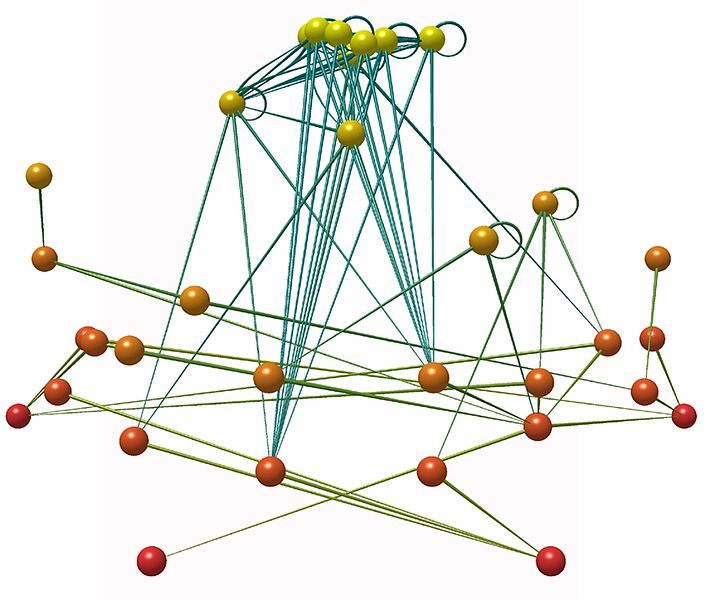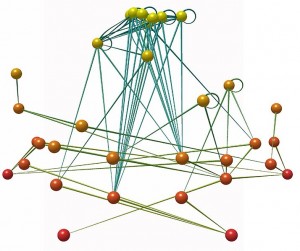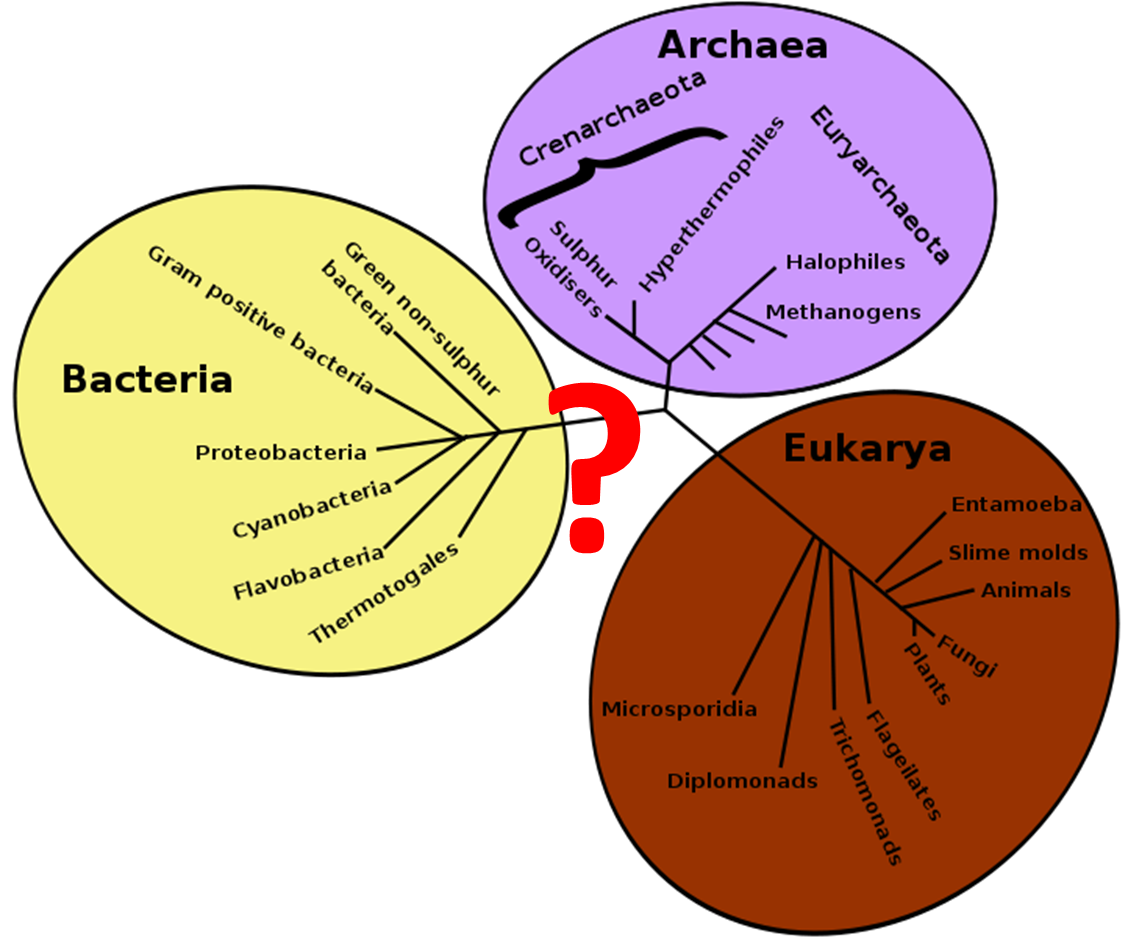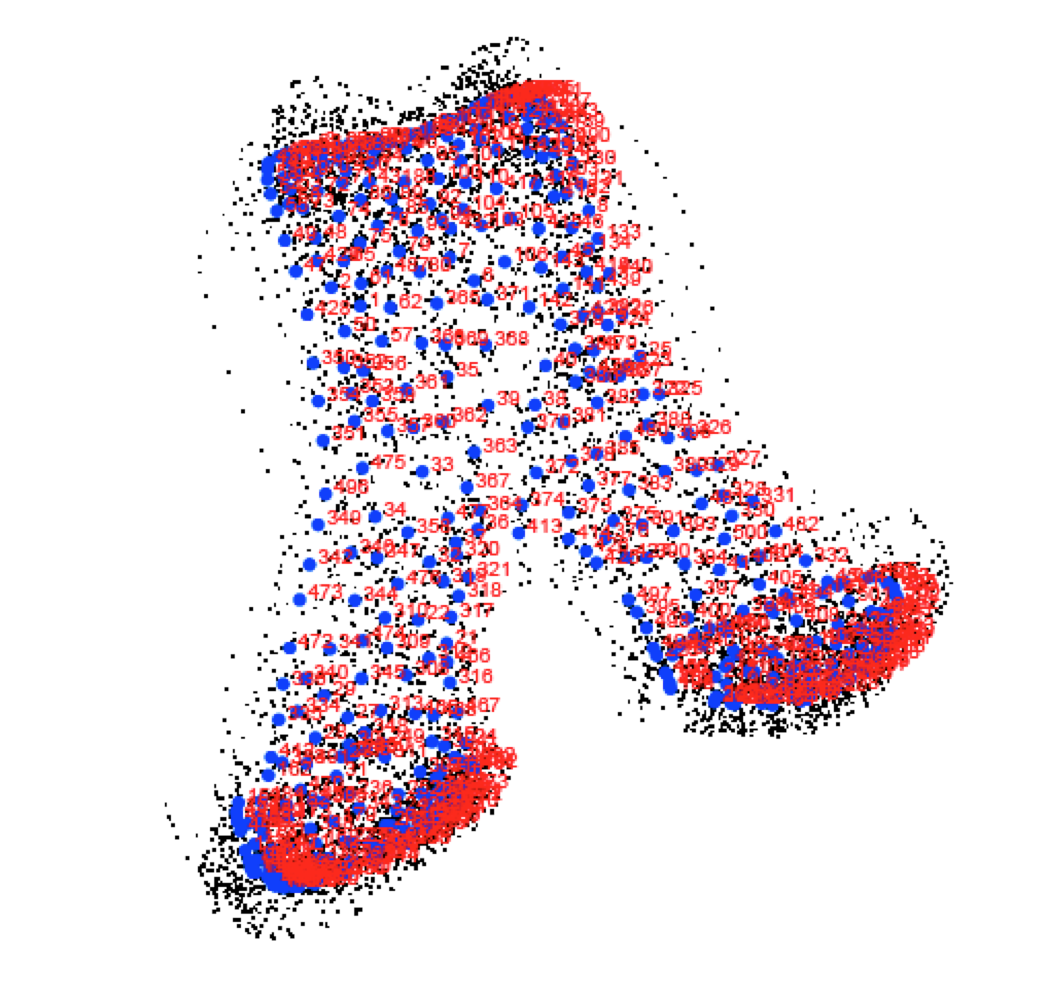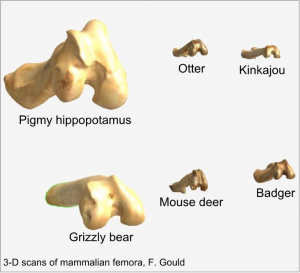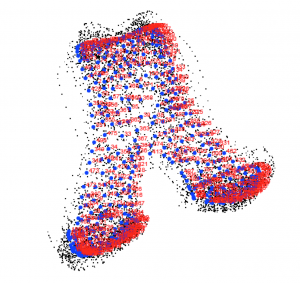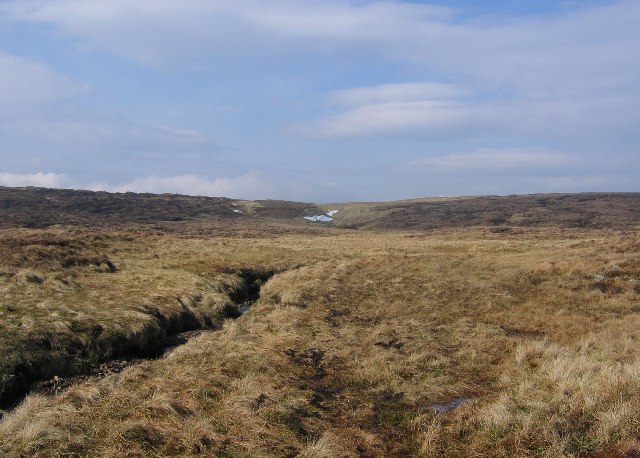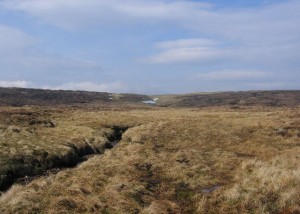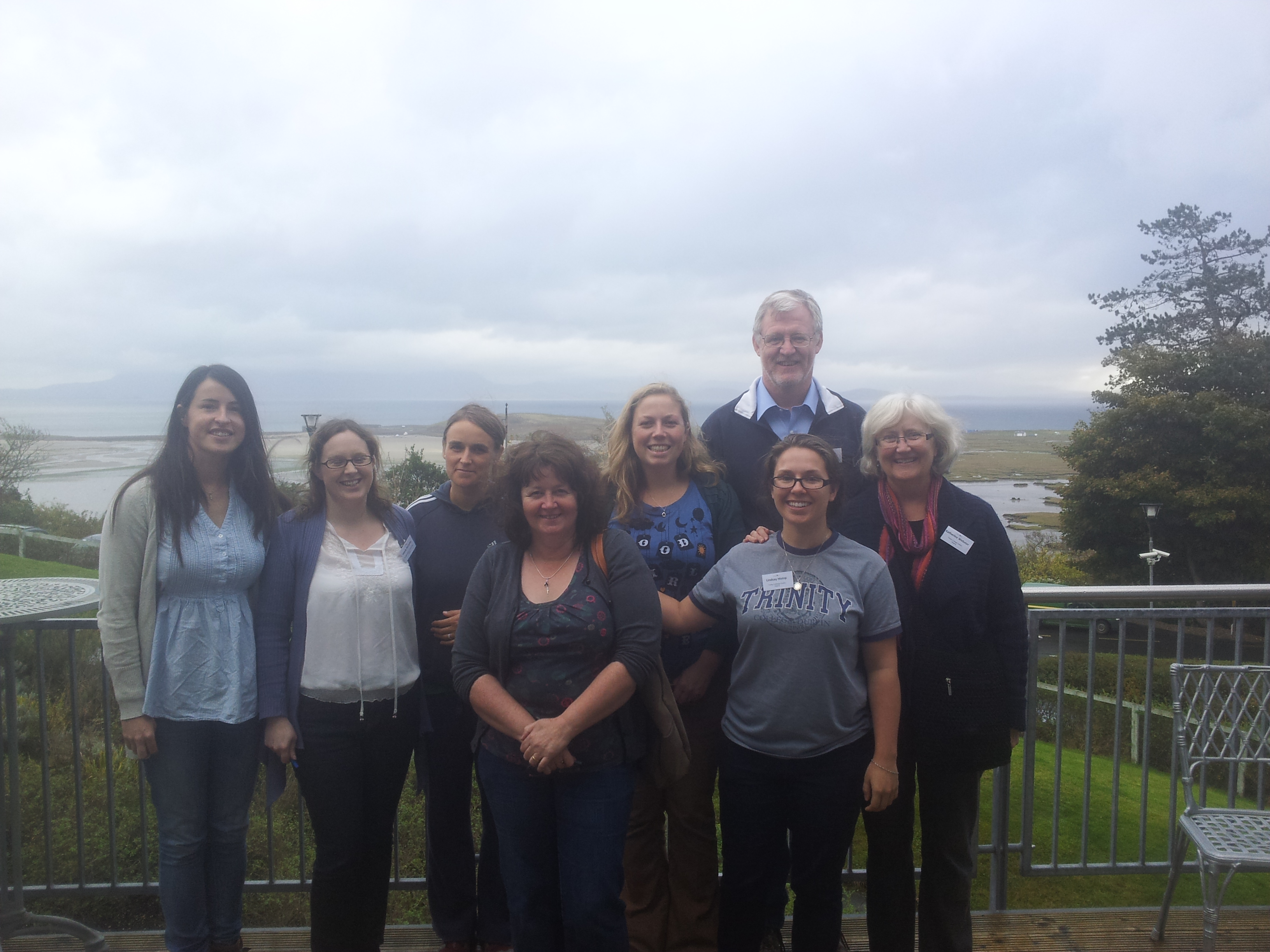Part of our series of posts by final-year undergraduate students for their Research Comprehension module. Students write blogs inspired by guest lecturers in our Evolutionary Biology and Ecology seminar series in the School of Natural Sciences.
This week, views from Somantha Killion-Connolly and Joe Bliss on David Angeler’s seminar, Ecological complexity: a torture or nurture for management and conservation?
Panarchy – Sense or nonsense?
Scientists have been told for many years now to lift their heads from their microscopes, look up and take in the bigger picture. Well the picture has gotten even bigger and more complex according to the hypothesis of panarchy (Gunderson & Holling, 2002). In a recent seminar by Dr. David Angeler of the Swedish University of Agricultural Sciences, Dr. Angeler attempted to communicate this approach as the way forward in ecosystem management. If you were to do a search of the internet for the definition of panarchy, don’t expect a nice simple concise definition, as this controversial approach takes a bit of explanation. Ecologists have been providing evidence for decades showing that ecological systems are far more complex than imagined. Panarchy attempts to provide a conceptual framework for characterising the interactions between ecological and human systems in order to manage them in a sustainable manner.
Panarchy seeks to find common ground between economic, social and ecological theories. This seems like a big ask and paradoxically the way it seeks to achieve this is, using Dr. Angeler’s analogy, to break up the big picture into smaller pieces to make a jigsaw puzzle. Where the hypothesis begins to make a lot of sense is that is requires you to take not only a top –down, as was traditionally used, but a bottom up approach also. Ecologists have traditionally investigated ecological communities and how they have changed spatially and temporally. Dr. Angeler proposes to instead look the big ecological picture in terms of scales. We should not only be looking at how organisms at different scales are affected by biotic and abiotic variables in time and space, but also the interactions between scales. Therefore, according to panarchy, ecological systems consist of scale specific structures and processes that change and interact as you advance through the scales. The further spatial dimensions are increased, the slower the processes are in the environment and vice versa.
Where the theory begins to get more complicated is when you need to view an ecosystem and its constituents as undergoing a continuous cycle of change, with four defined stages. The stages are referred to as the exploitation stage (rapid expansion in an open niche), conservation stage (accumulation of energy and a period of stability where the carrying capacity is reached), the release stage (period of rapid decline due to changes in pressures) and the re-organisation stage (period of natural selection from the pressures of the release stage).
Dr. Angeler in his research on the invertebrates in freshwater lakes of Sweden (Angeler et al., 2013) has shown how the theory is empirically testable using multivariate time series modelling. This method is based on a redundancy analysis and adapts a spatial method to time series analysis. Using this long term data set collected by his University, Angeler’s aim was to track changes in the species community and gain an understanding into what are the vulnerabilities of these vertebrate communities to changes in their environment. The practical goal of this work is to prevent a system from reaching its tipping point. The results of this study suggested that studying processes that happen on a temporal scale which are un-related to general environmental changes has strong management and conservational potential. Personally, I think the main concepts of panarchy do make sense but its application and the analysis required is far from simple and it really is a difficult idea to communicate.
Author: Somantha Killion-Connolly
—————————————————————————-
Multivariate Time Series Modelling Explained
I think the language of science often hinders the communication of ideas and restricts them to a narrow audience of specialists. I attended a talk given David G. Angeler presenting his research on Ecological Complexity using Multivariate Time Series Modelling and the Panarchy concept to study the condition of a number of Swedish lakes. I found it difficult to even understand what the research was about so, I have been inspired to write this blog and explain part of this complex topic, in simple language which I hope will be graspable for a wider scientific audience.
Let us start be first breaking down the term “multivariate time series modelling” and studying its parts. Multivariate means more than two variable quantities. In this context of studying ecological complexity, these variable quantities include the number of organisms of a particular species or species group as well as abiotic factors such as mineral concentrations and water temperature. Time series modelling involves plotting data at uniformly spaced time intervals. So multivariate time series modelling is plotting multiple variables against time.
The benefit of plotting multiple variables such as multiple abiotic factors and a species population’s numbers on a specific time scale is that it allows you to find correlations between factors. For example, if we take the population numbers of a plankton species which were sampled once a month in a lake we can plot the population number over a year and see how the population fluctuates. Our plankton may show fluctuations up and down over the year. To investigate whether any of the abiotic factors influenced the fluctuations in our plankton numbers we can plot how the abiotic factors fluctuated over the same time span and see if any of them correlate with the fluctuations of the plankton. If any of the abiotic factors fluctuate with the same rhythm as the population then we might suspect this in an important factor influencing the population. However this doesn’t rule out the possibility that the abiotic factor itself varies with the population number but is not the cause of the fluctuation, correlation does not prove causation, but this can then be investigated by experimentation.
Another important benefit of using multivariate time series modelling, which Angeler used when studying the ecology of his lake, is that it allows us to see correlation at different time scales. For example plankton may fluctuate up and down in a regular pattern in response to annual variation in day length. But on a longer time scale, say over 20 years, there may be a trend of increasing population numbers due to a large scale effect such as climate change.
Looking at ecological variation using multivariate time series modelling allows us to assess how organisms are responding to different conditions on small and large time scales. Angeler hopes to use these data to assess the health of ecosystems and to understand how they will be able to handle changing conditions such a global warming. He suggests that management may be able to aid ecosystems facing this large scale change by affecting them in ways which act on smaller scales.
Author: Joe Bliss
Image Source: Wikicommons

